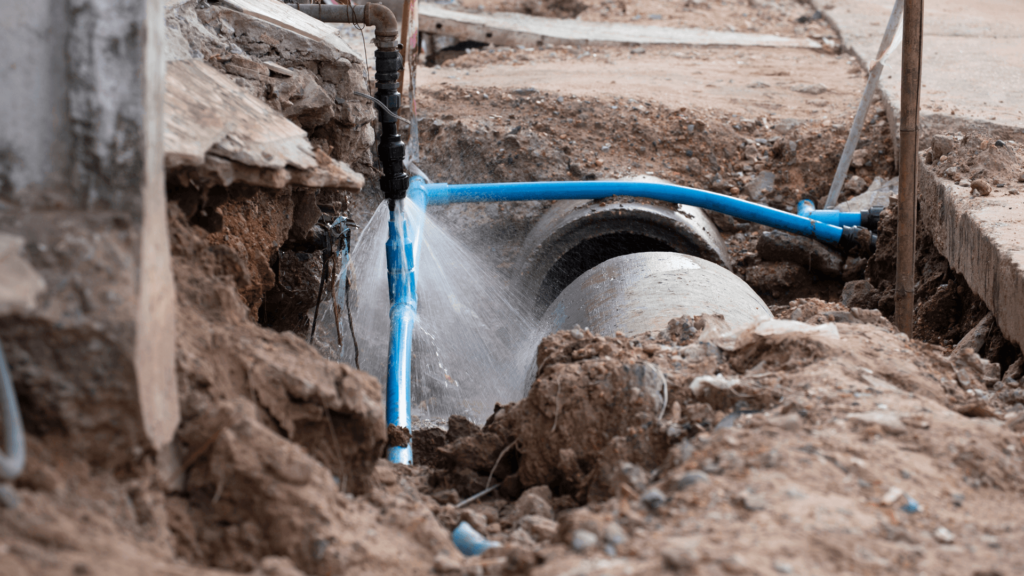The food and beverage industry is growing concerned with increasing water main breaks. With over 240,000 breaks happening annually, the aging infrastructure is becoming a critical issue for the safety of food and drinks produced by the industry. The water main breaks are common pathways for microbial contamination, raising significant concerns for the quality of food and beverages.
With aging infrastructure and more water main breaks with every year, how prepared are food and beverage plants for a water main break close to their facility? What could impact food and beverage production if the water gets polluted during a main break?

In 2002, the American Water Works Association (AWWA) evaluated the challenges posed by water main breaks for the USEPA. The research found that, on average, there is one water main break for every four miles of piping in the distribution network. Microbial contamination is more pervasive than chemical contamination during water central repairs. Fecal Coliform (66%), Clostridium (30%), and Bacillus subtilus (80%) can infiltrate trench water during water central repairs.
Food and beverage plants that rely on municipal drinking water for their production process can face significant consequences if contamination occurs in the distribution system during a water main break. In addition to the impact on the quality of the final product, a water main break can result in production downtime, heightened testing costs, and potential legal issues.

There are ways to ensure the safety and quality of the water supply, and you may find some of these below:
Develop a close working relationship with the local authorities and request high-priority notifications during water main breaks that may impact a facility.
Request microbial and chemical testing at a location close to the entry point into the facility. Additionally, consider adding online instrumentation to monitor key water quality variables such as turbidity and chlorine. Increase sampling of incoming water for critical microbial contaminants and chemical contaminants.
Implement water treatment barriers such as filtration, reverse osmosis, or ultraviolet (UV) light to inactivate or capture contaminants that may enter the facility. Ensure all incoming water used in the process or ingredient water passes through these barriers. For example, water used for cleaning in place (CIP) final rinses, if not treated, could contaminate the product or process.
UV light is commonly used as a firewall to manage the microbial risks associated with a main break or other contamination in the municipal water distribution network. Food and beverage manufacturers should always check with suppliers regarding their current treatment or filtration equipment to determine the types of microorganisms their equipment is effective against and what guaranteed level of performance they provide. A 1-log reduction of E. coli still allows 0.99 percent of the virus into the production line.
The food and beverage industry must consider the increasing number of water main breaks and their potential impact on their production. By working with the local municipality, with testing and monitoring, implementing water treatment barriers, and using UV light as a firewall, the industry can reduce the risk of contamination and ensure the safety of its products.
More information on the AWWA report can be found below:
https://www.epa.gov/sites/production/files/2015-09/documents/neworrepairedwatermains.pdf
Share: